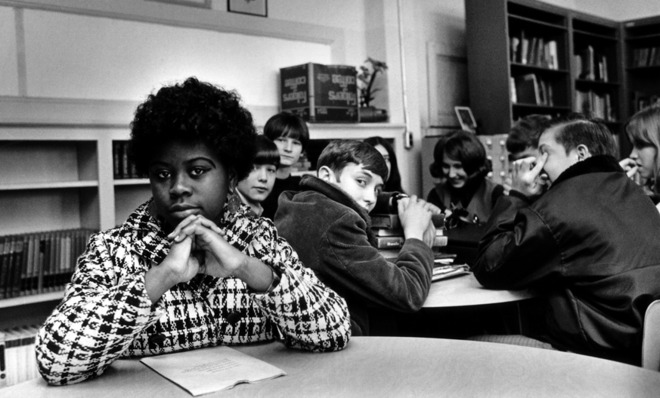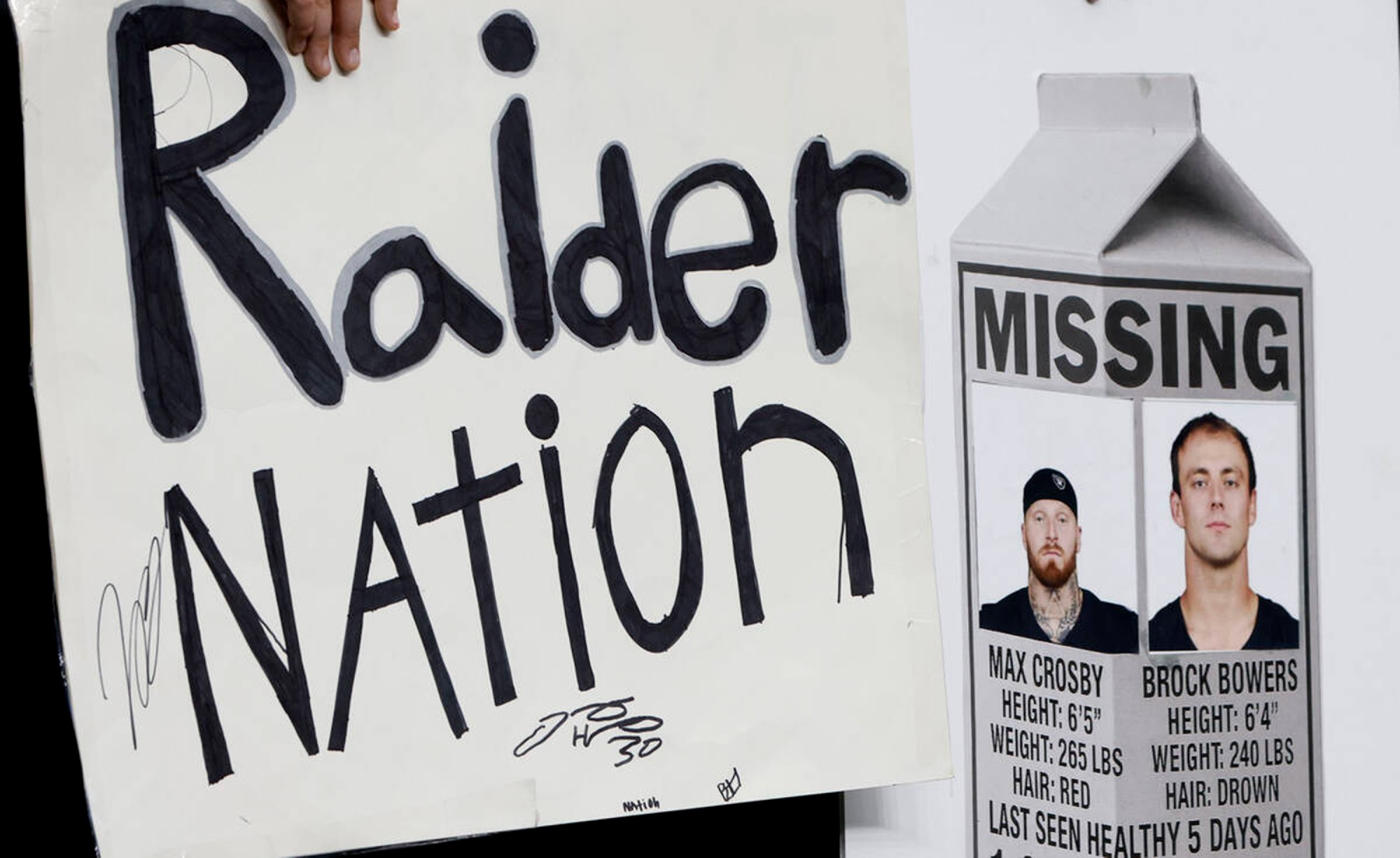How to roll back creeping segregation in our schools
Sixty years after Brown v. Board of Education, the American education system remains racially divided. It doesn't have to be that way.


Sixty years ago this week, the Supreme Court outlawed segregated schooling in Brown v. Board of Education, declaring racially separate schools to be inherently unequal. Yet segregated education persists in distressingly high numbers in America — indeed, by some measures our schools have only become more segregated in recent decades, a disturbing trend highlighted by First Lady Michelle Obama last week.
The numbers speak for themselves: Four in ten black and Latino children go to intensely segregated schools, according to the Department of Education. Another report found that the average white student attends a school that is 72 percent white, while black and Latino students tend to go to schools that are at least two-thirds black and Latino.
There are two principal culprits for this state of affairs. First, our racially homogenous neighborhoods get reflected in school demographics. "It's that much harder to integrate classrooms," Emily Badger writes at Wonkblog, "when the communities where children live are still so segregated."
The Week
Escape your echo chamber. Get the facts behind the news, plus analysis from multiple perspectives.

Sign up for The Week's Free Newsletters
From our morning news briefing to a weekly Good News Newsletter, get the best of The Week delivered directly to your inbox.
From our morning news briefing to a weekly Good News Newsletter, get the best of The Week delivered directly to your inbox.
Second, as political will to desegregate has dissipated, so has the resolve of the courts. The turmoil surrounding busing plans in the 1970s irreparably stunted progress toward desegregation. Courts grew weary of desegregation battles and became sympathetic to the plight of working-class white families caught up in complex school assignment plans.
This led to increasingly heavy constraints on what schools can do to desegregate. "[T]he highest courts have all but prohibited school districts and elected officials from considering race to balance school enrollments," Jamelle Bouie writes at Slate, quoting Chief Justice John Roberts' pithy ode to societal colorblindness in the 2007 case Parents Involved v. Seattle: "The way to stop discrimination on the basis of race is to stop discriminating on the basis of race."
This, however, is not the death knell for desegregation that it might seem. Roberts spoke for only a plurality of four justices, with Justice Anthony Kennedy writing separately to cast the decisive vote. Kennedy did join the conservatives in striking down the schools' desegregation plans. He didn't like that the districts identified individual students by race, swapping them as "racial chits" across schools to achieve a desired demographic balance.
But Kennedy refused to go as far as his more conservative counterparts. He — along with the four dissenting liberal justices — recognized that schools have a strong interest in preventing students from becoming racially isolated. He explicitly endorsed the ability of schools to consider race in broader, non-individualistic ways, like basing school assignment on neighborhood demographics.
A free daily email with the biggest news stories of the day – and the best features from TheWeek.com
This leaves a potentially powerful space for enterprising school districts to continue fighting school resegregation. They can turn housing segregation against itself, relying on racially identifiable neighborhoods instead of the race of individual students to cultivate diverse schools.
The public school district in Berkeley, California, has done just that. Berkeley has significant residential segregation — most black and Latino families live in the western half of the city, while most white and Asian families live in the eastern half. To counteract this segregation, the school district designed three school attendance zones that run east to west across the city to capture the full breadth of its diversity.
Further, in 2004 Berkeley began dividing the city into 445 small neighborhoods and calculating the demographics of each. Each neighborhood received a diversity code based on its average household income, average parental education level, and overall racial and ethnic makeup. Each student's neighborhood code then factored into an algorithm to determine where he or she will go to school. This algorithm, the city hoped, would then yield well-integrated schools.
How has Berkeley fared under this plan? A 2009 report from researchers at the UCLA Civil Rights Project found that "despite [its] neighborhood segregation...there is substantial diversity across the district's elementary schools in particular" — the main focus of the 2004 algorithm plan. The plan has survived legal challenges under both Parents Involved and California's Proposition 209, which prohibits government entities from considering race in decision-making. This is because Berkeley does not look at the race of any individual student, only the general racial composition of neighborhoods.
Similar plans have been adopted in cities like Louisville, Kentucky, and in some diversity-minded charter schools.
Fighting resegregation today is by no means an easy task, made more difficult by legal restrictions handed down by the Supreme Court. And the rigid colorblindness of its conservative justices certainly echoes a larger national indifference to actively pursuing desegregation. Worse still, a Berkeley-style solution is likely only marginally effective in communities with deep, impenetrable residential segregation, like large northern urban centers — areas where, as Bouie notes in Slate, "desegregation never happened."
Nonetheless, the promise of Brown has not yet been extinguished. Many communities still have tools at their disposal that can ensure that segregated neighborhoods don't result in segregated schools. The question is whether we still have the will to fulfill our 60-year-old vision of overcoming separate and unequal education.
Joel Dodge writes about politics, law, and domestic policy for The Week and at his blog. He is a member of the Boston University School of Law's class of 2014.
-
 The Week’s big New Year’s Day quiz 2026
The Week’s big New Year’s Day quiz 2026Quiz of the Year How much do you remember about 2025’s headlines? Put yourself to the test with our bumper quiz of the year
-
 Is tanking ruining sports?
Is tanking ruining sports?Today's Big Question The NBA and the NFL want teams to compete to win. What happens if they decide not to?
-
 ‘Netflix needs to not just swallow HBO but also emulate it’
‘Netflix needs to not just swallow HBO but also emulate it’instant opinion Opinion, comment and editorials of the day
